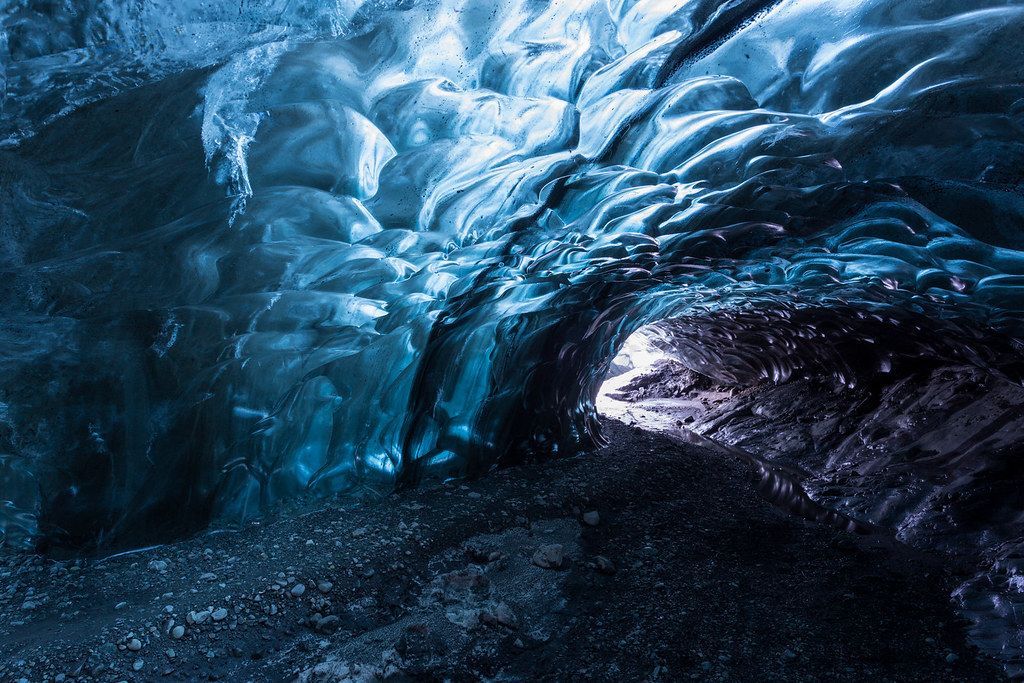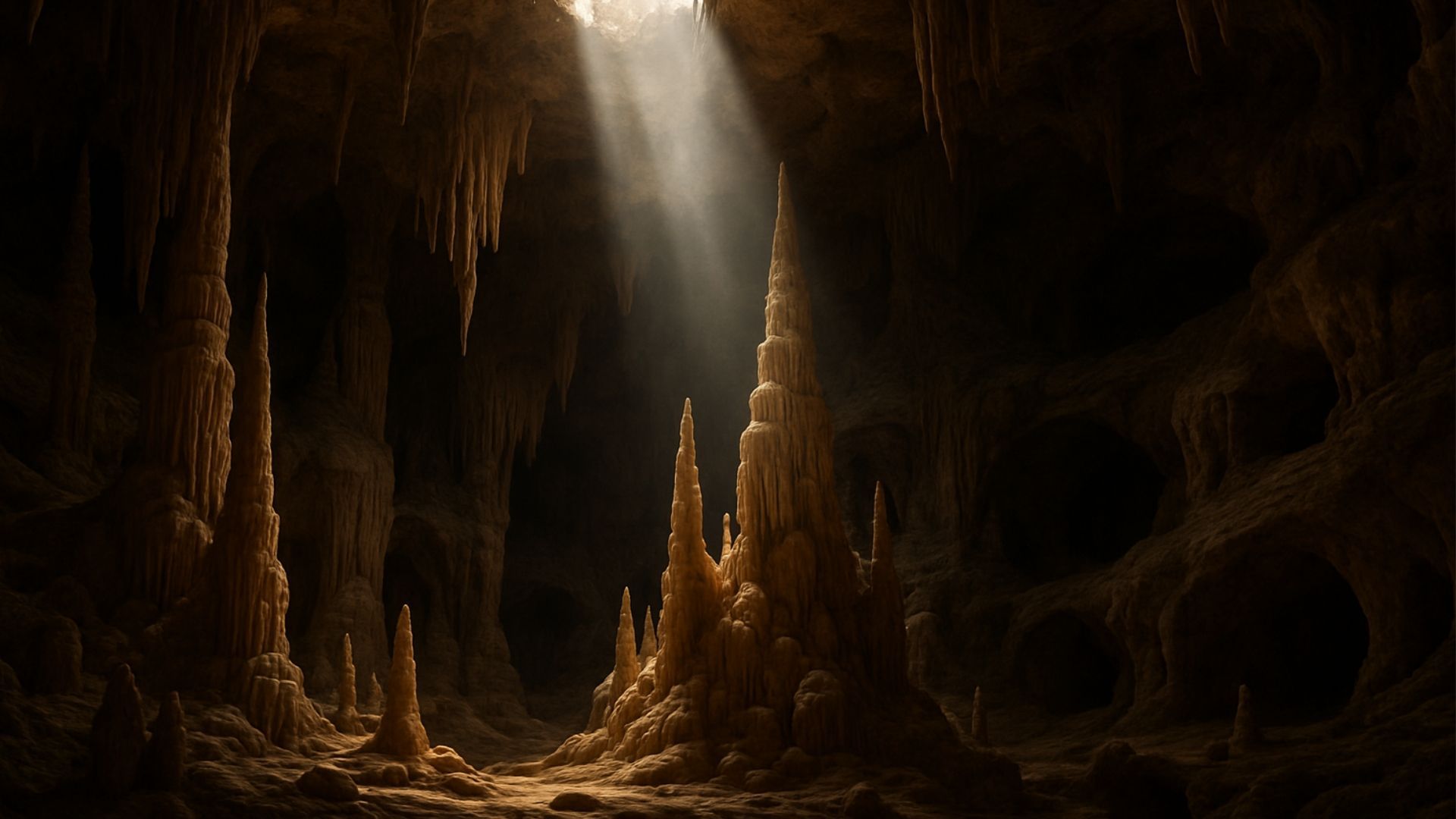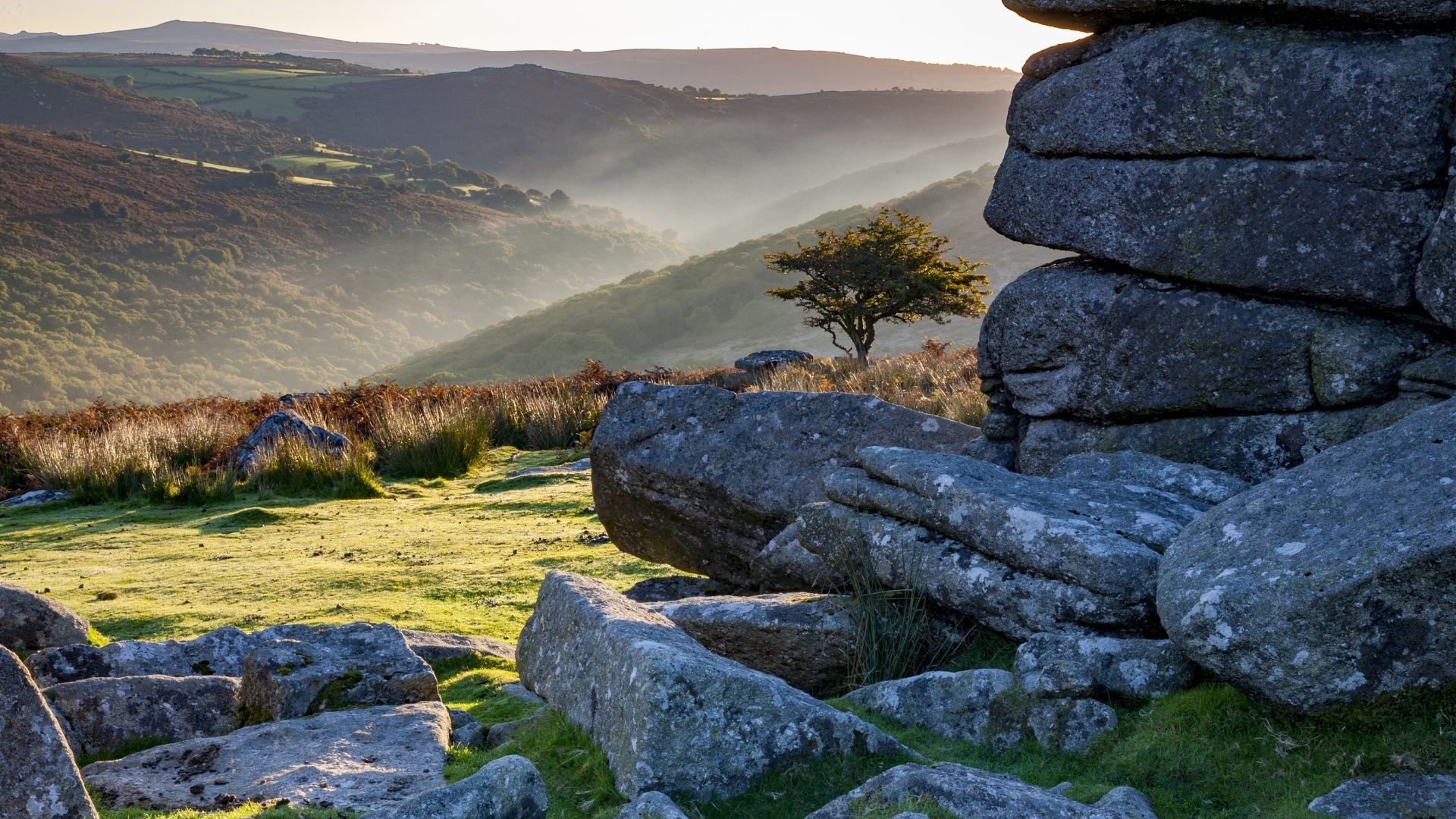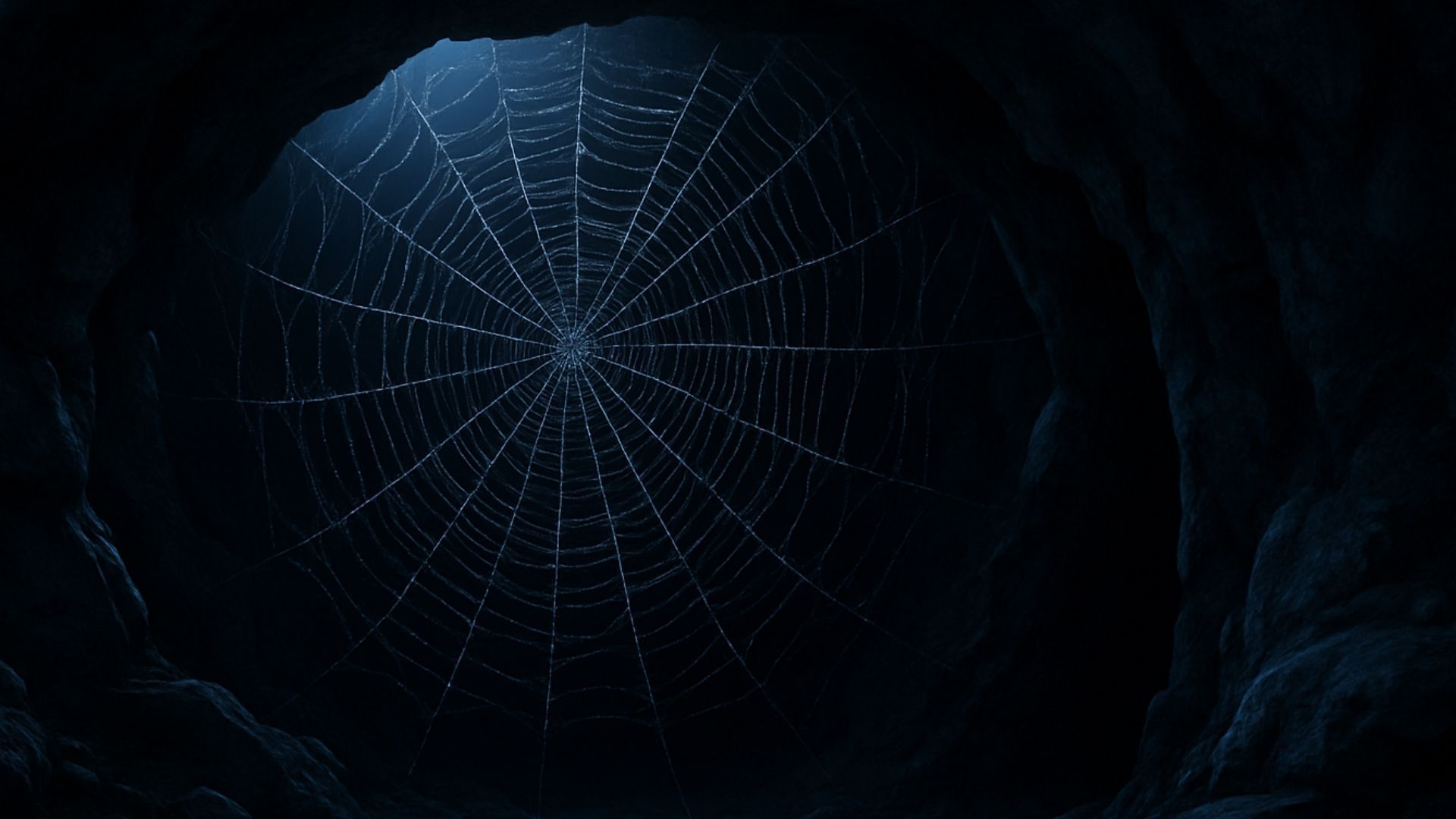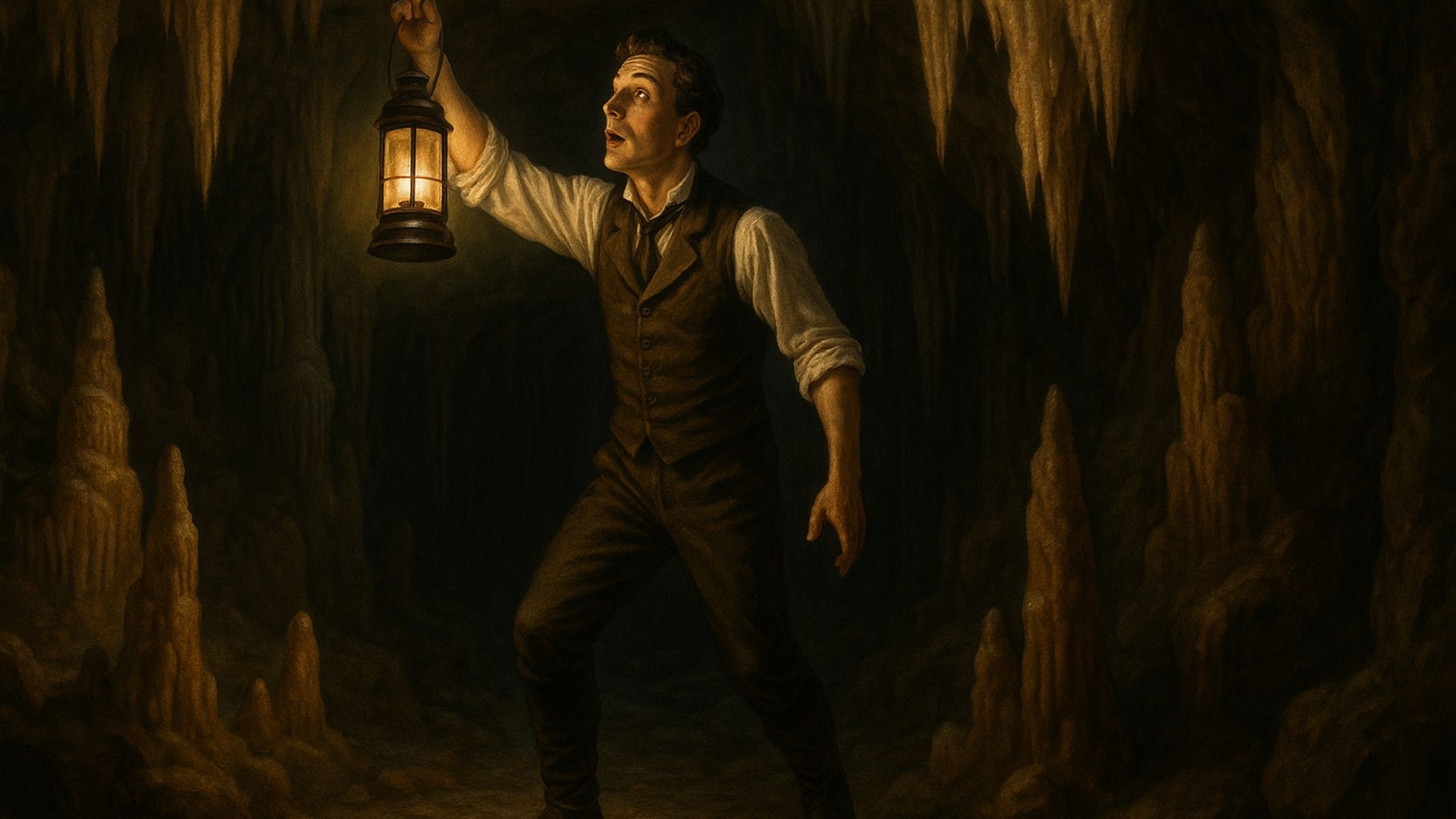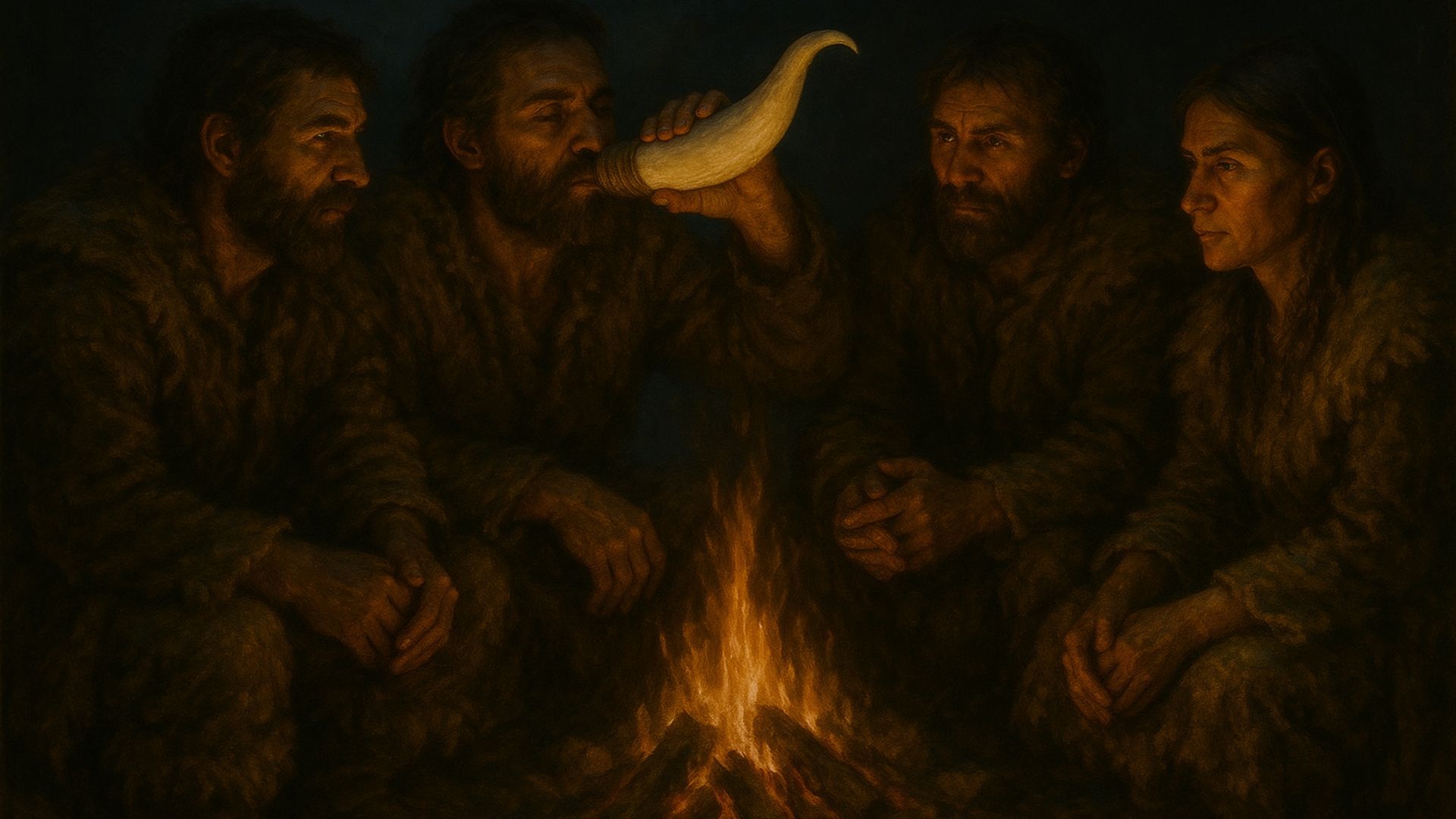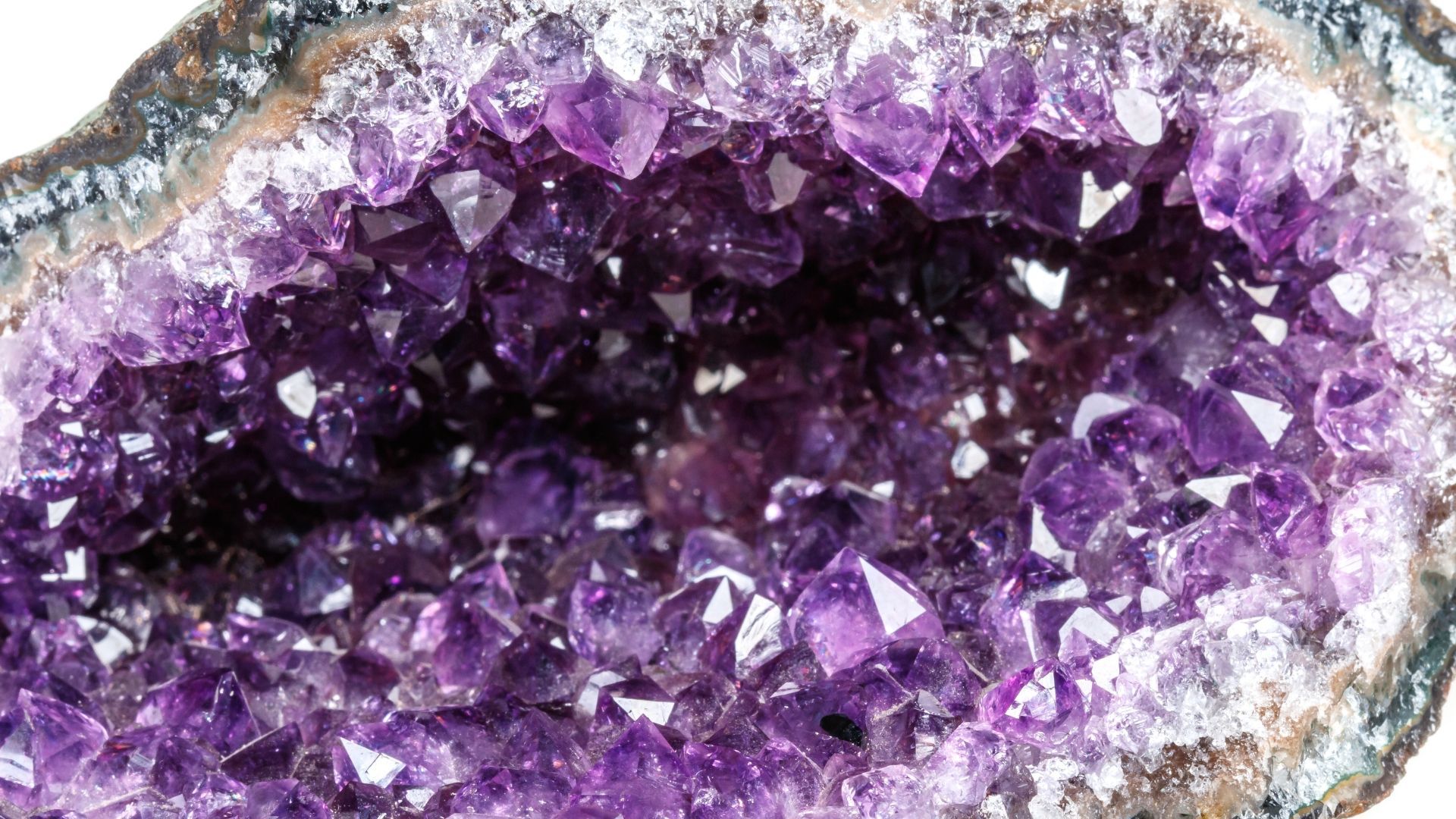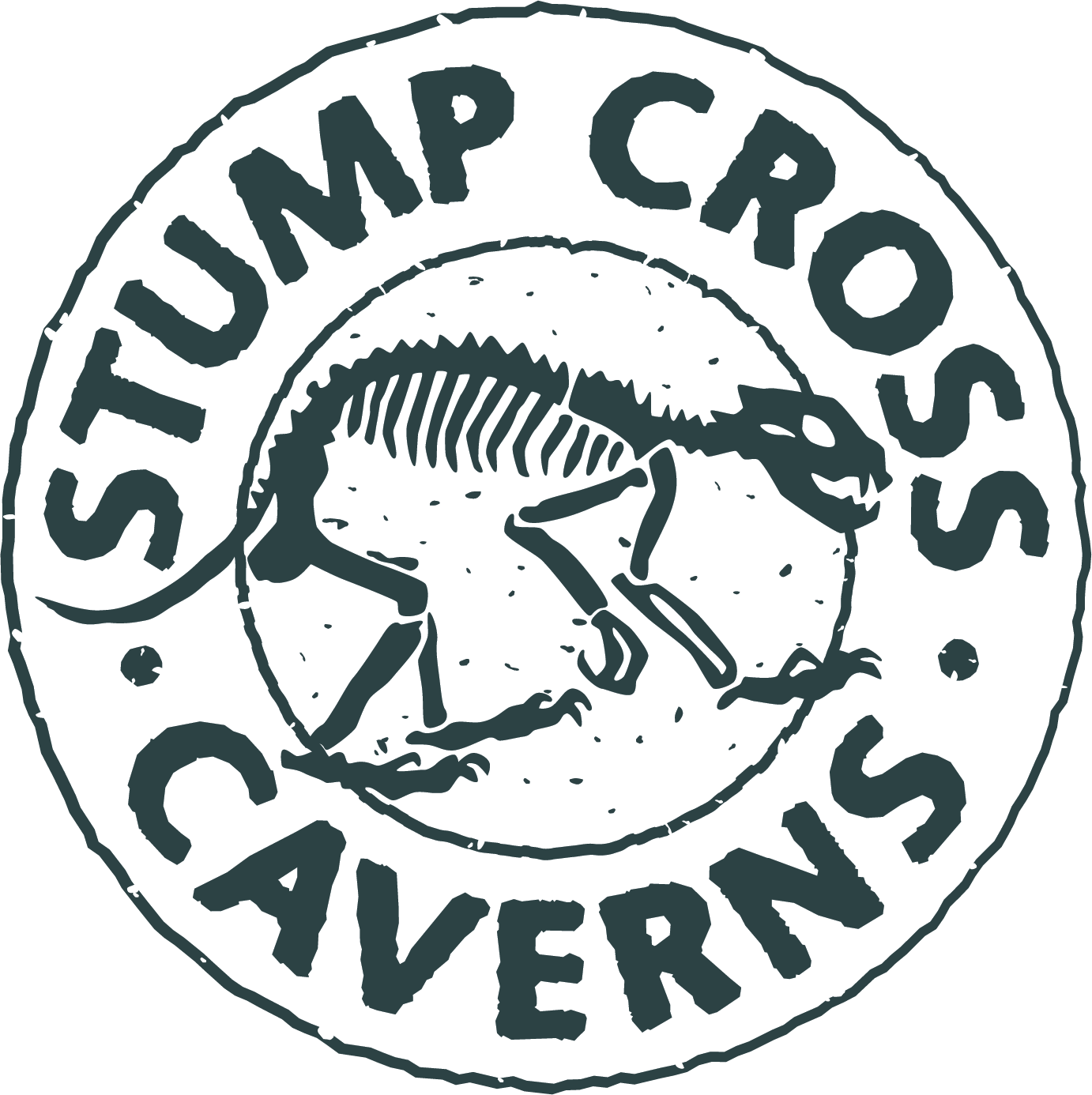Caves are fascinating, beautiful places. But have you ever wondered how they form? Read the incredible stories of 5 types of caves.
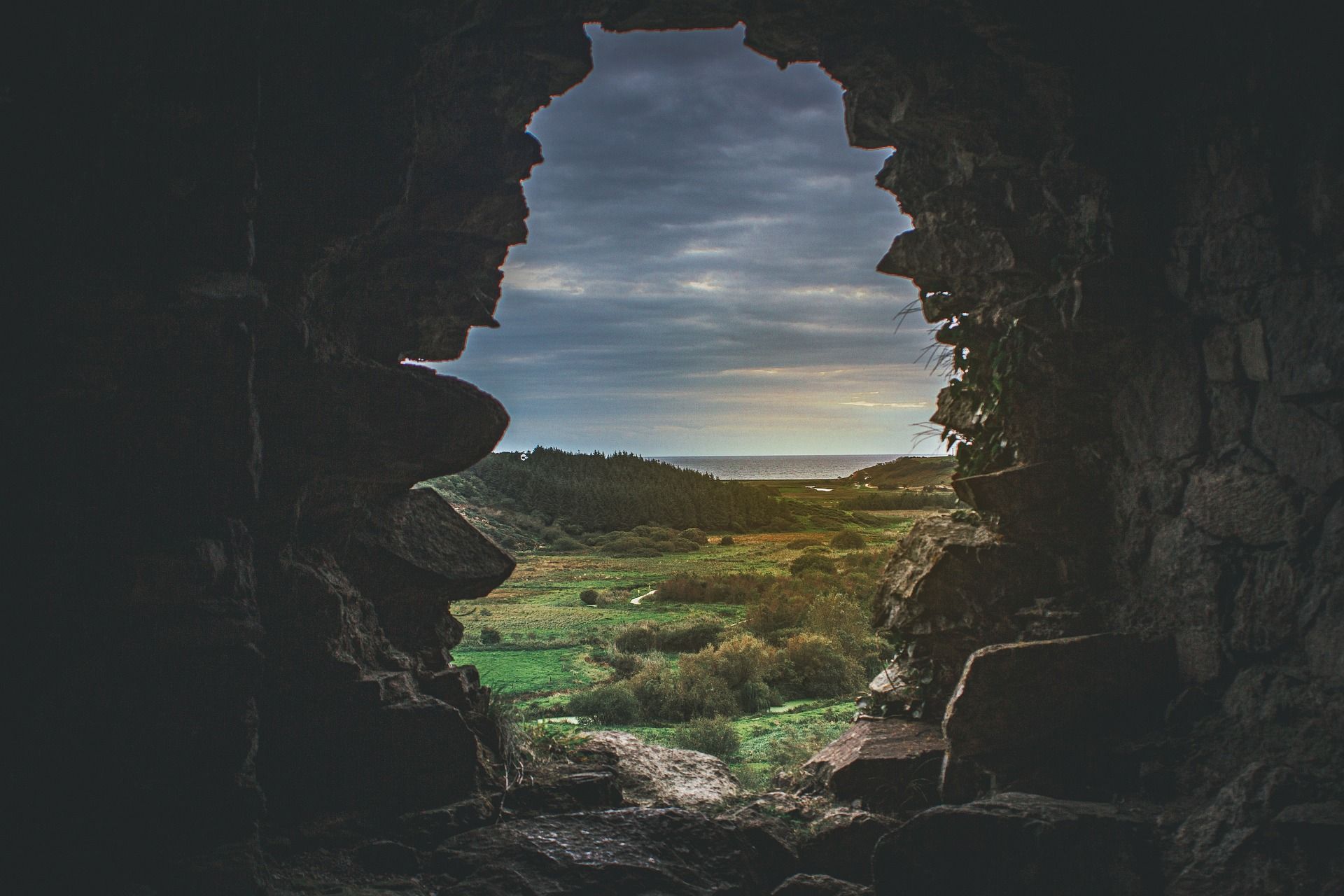
At Stump Cross Caverns, you can delve into the depths of the beautiful Yorkshire Dales and explore the caves that formed here many millions of years ago.
How
are they formed, you might wonder?
Geological processes have shaped our landscapes for millions of years. From Antarctica to the Sahara, there are wonderful and interesting caves of all shapes and sizes – and they all have different stories.
Read on to discover all about how different types of caves are formed and learn about some truly astonishing cave systems from around the world.
Solution caves
These are the most common type of cave and are found all around the globe.
Solution caves are usually formed in the soluble rock limestone. "Soluble" means it dissolves. Over many years, rain and groundwater work their way into tiny cracks and get to work dissolving the rock they encounter.
Did you know rain is acidic? Don't be alarmed, though – it's only
slightly acidic. But that acid is just strong enough to slowly wear down limestone and form solution caves.
Stump Cross Caverns is a fine example of a solution cave – one that formed more than 500,000 years ago. It's amazing that we can visit today and marvel at this ancient and awe-inspiring cave system.
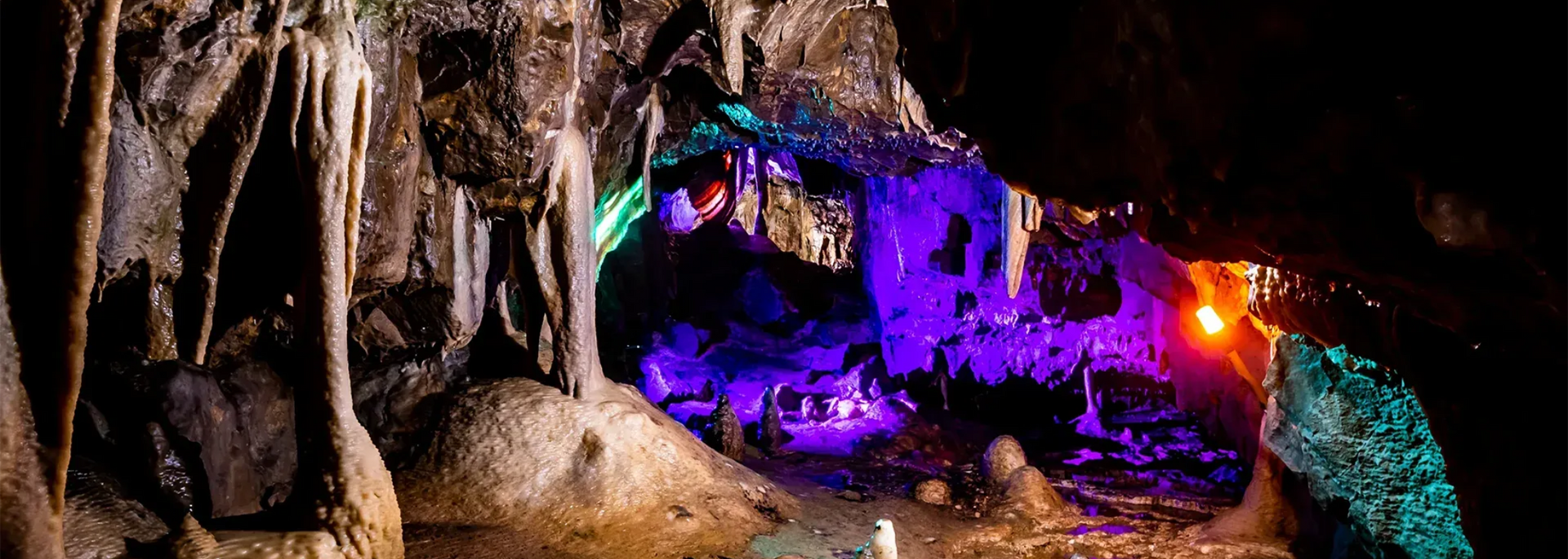
Some of the most exciting features of solution caves are the stalactites and stalagmites that form within them. Stalactites are mineral deposits that hang like icicles from the roof of caves, whereas stalagmites appear to grow upwards from the ground.
Stalactites and stalagmites are made of calcium carbonate, which builds up over time as water drip, drip, drips into the cave. You can see them for yourself if you embark on an exciting and educational
visit to Stump Cross Caverns.
Lava caves
As you might imagine, lava caves are found in volcanic rock.
When a volcano erupts, it spews out molten lava that's between 700°C and 1200°C. That is hot! Hot enough, in fact, to carve out hollow tubes in solid rock.
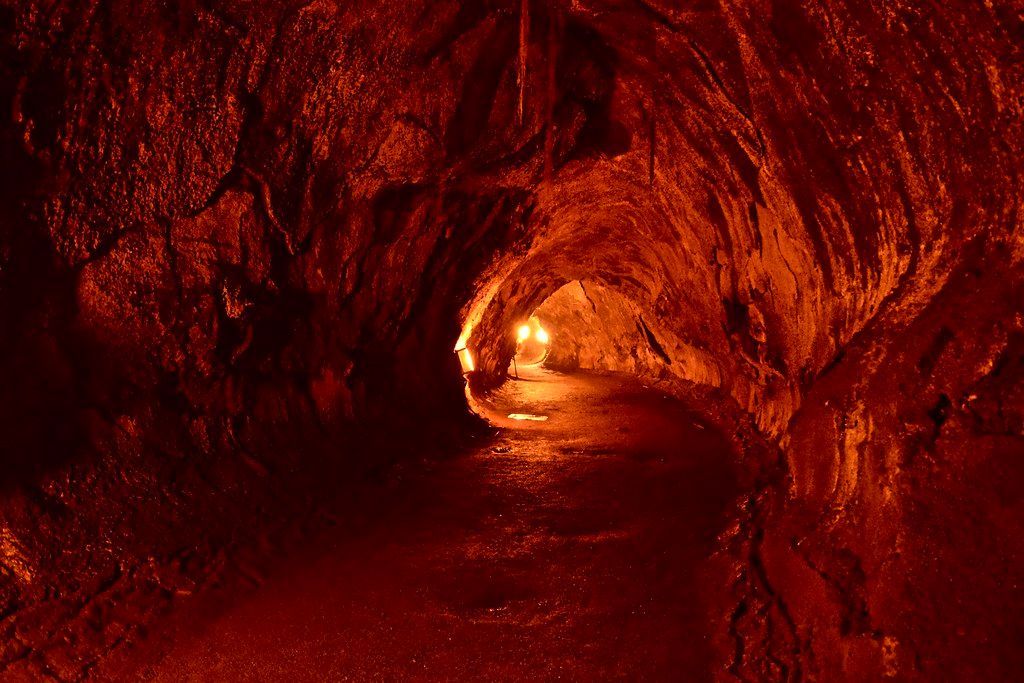
When this happens, lava flows like a river through the volcanic rock. As the lava cools and solidifies from above – but the lava river still flows underneath – a ceiling is formed. Eventually, the lava slows down and the floor solidifies too. A lava tube or cave is left behind.
Nāhuku, in Hawaii, is a fantastic example of a lava tube. It's located in the Hawaii Volcanoes National Park, which is visited by over two million people a year.
Glacier caves
Glaciers are formed on land and consist of snow that has compacted into ice over time. Caves found within this ice are known as "glacier caves". (Sometimes they're called "ice caves" – but ice caves are technically different. We'll come to that in a moment.)
Glacier caves are formed by running water melting ice. They're famous for their exquisite blue colour and are astonishingly beautiful.
If you visit Vatnajökull National Park in Iceland, you can enter the crystal cave, which sits under the Breiðamerkurjökull glacier. Here, you can witness the beauty of the glittering ancient ice yourself.
Did you know that some of the ice inside a glacier can be as old as 1,200 years?
Ice caves
Whereas glacier caves form within solid ice, ice caves exist in bedrock caves that are cold enough to contain ice all year round.
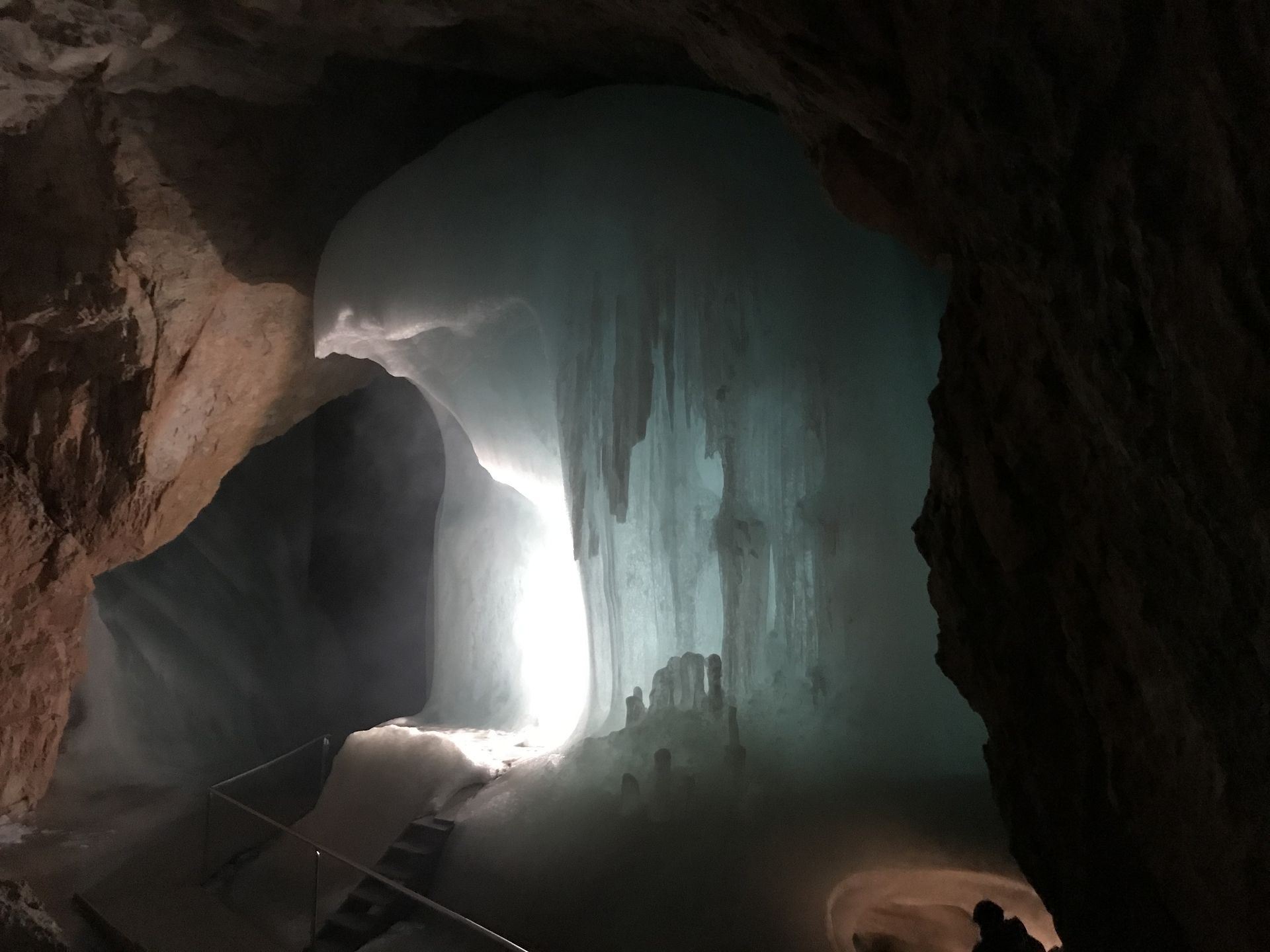
A fine example of an ice cave is Austria's Eisriesenwelt, situated in the Alps. At an amazing 42 kilometres long, it's the largest ice cave in the world. More than 200,000 tourists visit each year to take in the otherworldly sights of the ice formations that it contains.
Sea caves
Sea caves have captured the imaginations of humans for centuries. There are so many stories of pirates, contraband, smugglers and hideouts that involve sea caves – and it's easy to understand why. How evocative these spaces are!
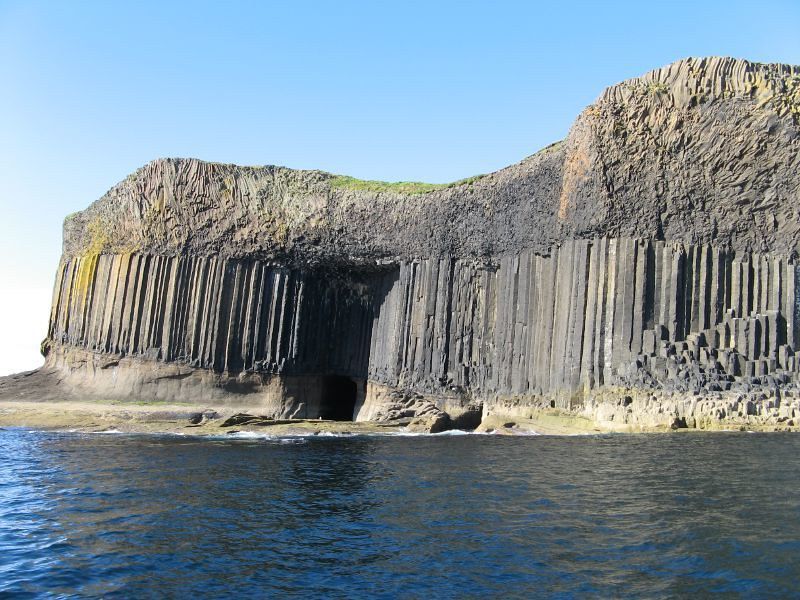
The UK coast is home to some of the most impressive sea caves in the world. That's because we have a dramatic and wild coastline.
As wind whips up the waves, the cliffs are battered by the sea. Over time, this erodes the rock and forms the structures we see today up and down the coastline of Britain and Ireland.
One of the most impressive examples is Fingal's Cave on the uninhabited Hebridean island of Staffa. It's famous for its hexagonal basalt columns. Basalt is a volcanic rock that often forms huge pillars.
Fingal's cave looks cathedral-esque – and is known to sound like one as well, with visitors delighted by the acoustics inside. The fantastic echo is said to have inspired Mendelssohn to write his piece
The Hebrides, also known as
Fingal's Cave Overture.
Fancy visiting some real-life caves?
Equipped with the knowledge of how caves are formed, are you ready for an adventure deep underground?
Wild caving can be a dangerous pursuit and should not be undertaken without proper equipment, experience and safety precautions. However, there are plenty of safe ways to explore caverns, with lots of show caves open as visitor attractions across the UK.
Here at Stump Cross Caverns, we offer a safe and fun option for those wanting to immerse themselves in ancient history and visit some breathtaking caves. We even have our very own
Cavewoman who can teach you more about our 300-million-year history.
It's quick and easy to
book your tickets online.

